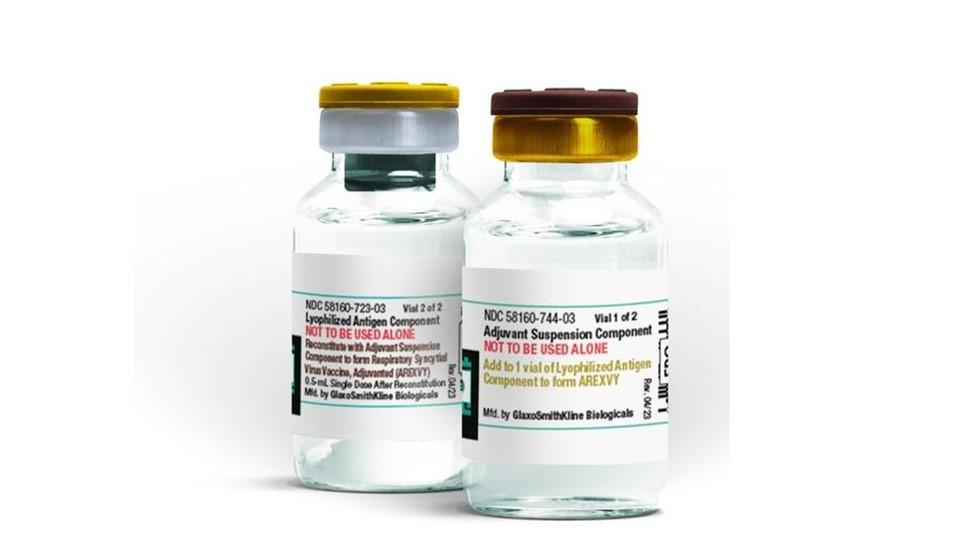AIs can be used for fracture detection, says NICE

NICE has said that four artificial intelligence technologies can be deployed by the NHS to detect fractures on X-rays in urgent care, while more evidence on their value is generated, but has limited another to research use only.
A health technology evaluation document (PDF) published by the cost-effectiveness watchdog concludes that AZmed's Rayvolve and Milvue's TechCare Alert can be used for people of any age, while Gleamer AI's BoneView and Radiobotics' RBfracture are suitable for patients aged two and over, for a two-year period.
Their use will, however, also depend on getting appropriate regulatory approvals, including a green light under NHS England's Digital Technology Assessment Criteria (DTAC) framework, said NICE. Their developers should contact NICE annually to confirm that evidence is being generated and analysed as planned, or they may no longer be recommended.
More research is needed on another AI – Qure.AI's qMSK – before it can be used in the NHS, although, it can still be put through its paces in studies that rely on company, research, or non-core NHS funding.
NICE's current guideline on non-complex fractures recommends that a radiologist, radiographer, or other trained reporter should review X-rays and provide a definitive report before the injured person is discharged.
"Clinical evidence suggests that the AI technologies may improve fracture detection on X‑rays in urgent care without increasing the risk of incorrect diagnoses," according to the new guidance document, which notes that missed fractures are thought to be the most common diagnostic error in the emergency department, occurring in 3% to 10% of cases.
An NHS study (PDF) published in 2022 estimated that claims of negligence involving missed fractures cost the health service around £1.1 million to resolve, which was low as a proportion of the total cost of clinical negligence claims in England, but still an "avoidable cost."
Other potential benefits of AI could include reducing variations in care, cutting the number of people who reattend urgent care after discharge, or who are recalled to hospital after radiology review, and evening out geographical inequalities in X-ray interpretation and fracture detection, according to NICE.
The evidence that needs to be generated for routine NHS includes more data on the diagnostic accuracy of fracture detection, with and without the help of AI technologies, as well as the costs and clinical outcomes associated with different fracture types and missed fractures, it said.
Photo by Cara Shelton on Unsplash












